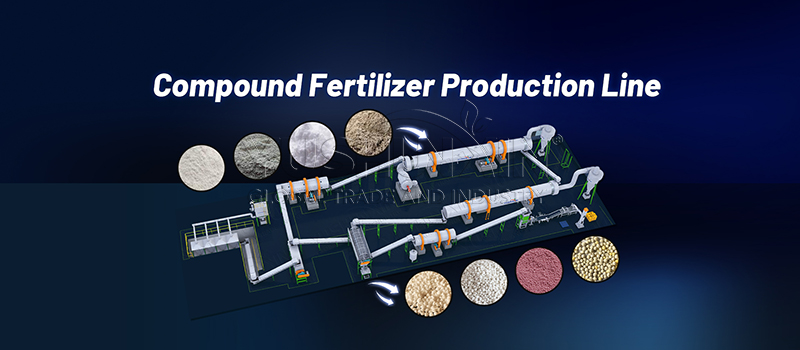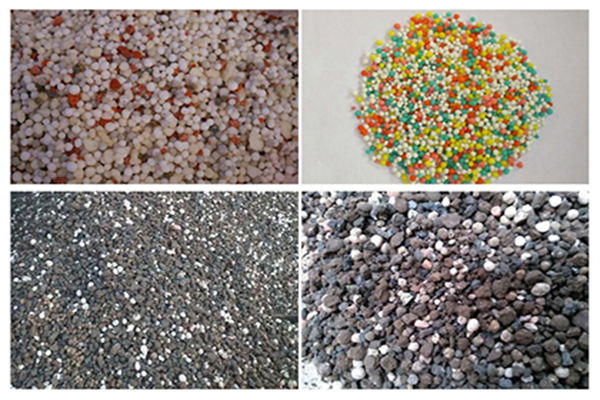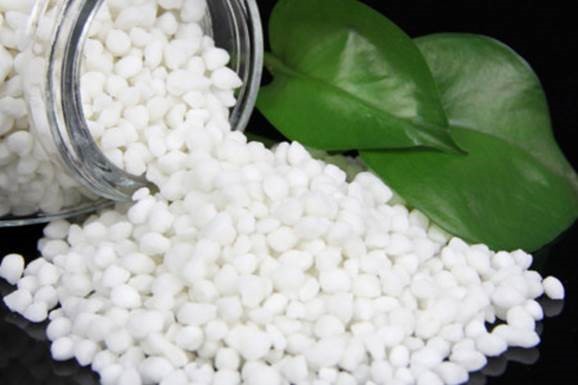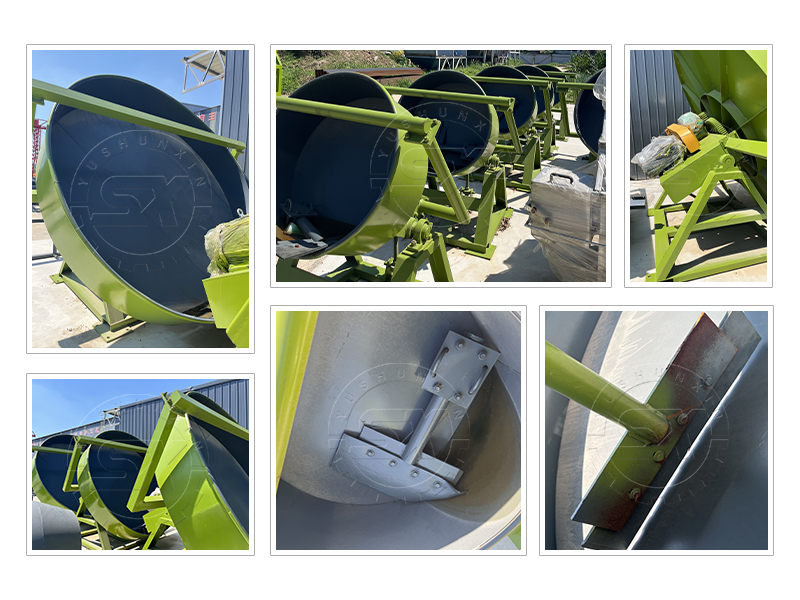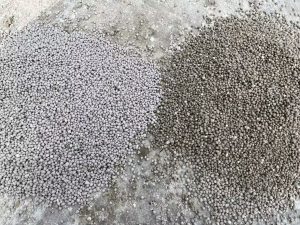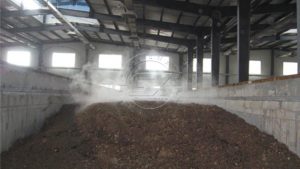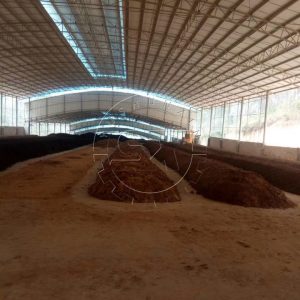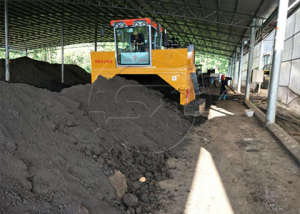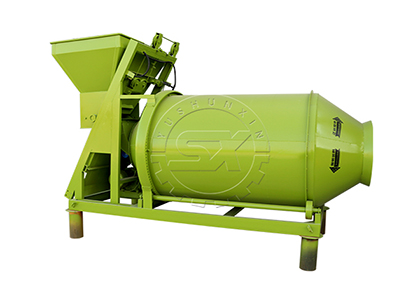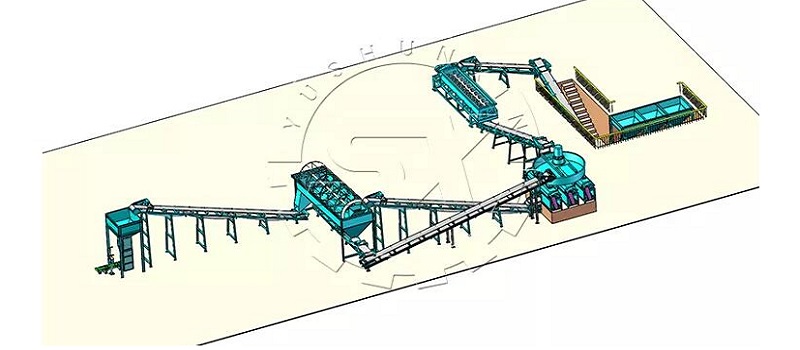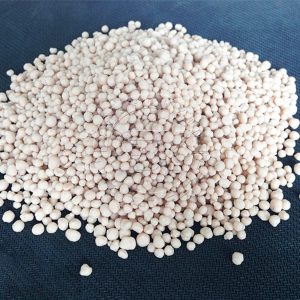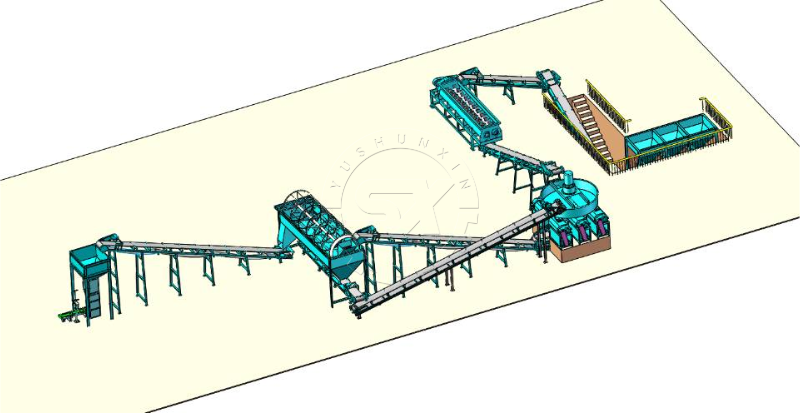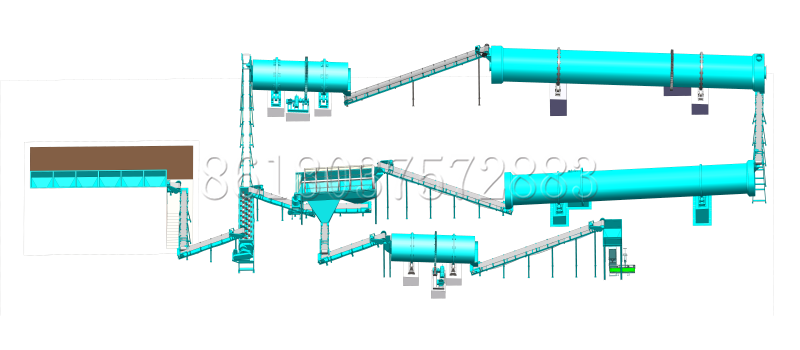When it comes to nurturing crops, balanced nutrition is pivotal. NPK fertilizers, which encompass the essential elements Nitrogen (N), Phosphorus (P), and Potassium (K), encapsulate this balance in granular form. In this blog, we’ll break down the NPK fertilizer manufacturing process, revealing how science and technology blend to foster lush fields and bountiful harvests.
The ABCs of NPK
Nitrogen is the backbone of chlorophyll and is essential for plant photosynthesis. Phosphorus contributes to the development of roots, flowers, seeds, and fruits, while Potassium is key for water regulation and resilience against diseases. An NPK fertilizer combines these three elements in various proportions to suit different crop needs and soil conditions.
The Manufacturing Process of NPK Fertilizer: A Step-by-Step Guide
1. Ingredient Selection and Dosing
The manufacturing steps of NPK fertilizer begins with the careful selection of raw materials. Nitrogen is typically sourced from ammonia or urea, phosphorus from phosphoric acid or monoammonium phosphate, and potassium from potassium chloride or sulfate. These ingredients are then dosed in precise ratios to preare NPK balanced fertilizer.
2. Mixing and Granulation
The heart of the NPK manufacturing process is the granulation stage. Raw materials are fed into a mixer, often a pugmill, where they are combined with recycled fines to help with the granulation process. The mix is then transferred to a NPK granulator—typically a rotary drum or pan granulator—where it is moistened, typically with water or steam, to facilitate the formation of granules. Click here to learn more.
3. Drying and Cooling
Freshly granulated NPK fertilizer has a high moisture content and needs to be dried to prevent caking. A rotary dryer efficiently reduces the moisture content, after which the product is cooled in a rotary cooler to near ambient temperatures. This step is crucial as it stabilizes the fertilizer granules, preventing them from breaking down during handling and storage.
4. Screening and Coating
After cooling, the granules are passed through screens to separate the product by size, ensuring uniformity. Oversized and undersized granules are typically crushed and recycled back into the process. The on-size granules can then be coated with a layer of material to improve their physical properties such as reducing dust, enhancing flowability, and providing resistance to moisture.
5. Packaging and Storage
The finished NPK granules are conveyed to packaging equipment where they are filled into bags, sealed, and palletized. Proper packaging is vital to protect the fertilizer from moisture and other environmental factors during storage and transport.
Quality Control and Environmental Considerations
Throughout the NPK fertilizer production process, strict quality control measures are in place to ensure product consistency and effectiveness. Additionally, environmental considerations are key. Manufacturers use advanced technologies to minimize emissions and effluents, ensuring the production process is as eco-friendly as possible.
Conclusion
NPK fertilizer manufacturing is a sophisticated process that turns basic chemical elements into the lifeblood of the agricultural industry. By understanding the science behind the manufacturing process, producers can optimize their operations, and farmers can better appreciate the intricate journey from raw materials to the nutrients that reach their crops. With the global population on the rise and the demand for food increasing, the importance of efficient NPK fertilizer production cannot be overstated. If you want to start NPK fertilizer making, you can visit https://organicfertilizerproductionline.com/npk-fertilizer-production-line/

